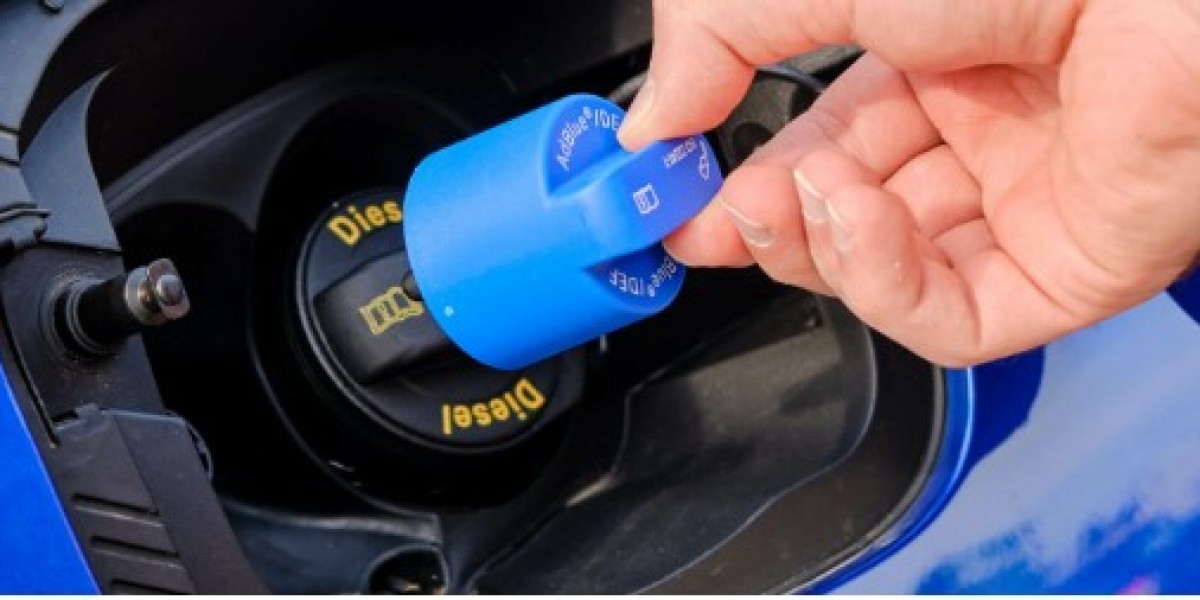In 2025, augmented reality (AR) is rapidly emerging as a game-changer in the world of digital marketing. By blending the virtual and real worlds, AR technology enhances customer experiences, offering more interactive and immersive brand interactions. From allowing customers to try products virtually to providing dynamic brand experiences, AR is reshaping how businesses engage with their audiences. This blog explores the power of AR in digital marketing, its benefits, and how you can incorporate it into your marketing strategy.
1. What Is Augmented Reality (AR) in Marketing?
Augmented reality is an interactive experience where digital information, such as images, videos, and sounds, is overlaid on the real world. Unlike virtual reality (VR), which creates a completely virtual environment, AR enhances the user’s perception of the real world by integrating digital elements into their environment. In digital marketing, AR is used to create more engaging advertisements, personalized shopping experiences, and interactive campaigns that resonate with consumers.
2. Why AR Is a Game-Changer for Digital Marketing
As consumers demand more engaging and innovative experiences, AR provides the perfect solution to meet their needs. Here are the key reasons AR is transforming digital marketing:
- Increased Engagement: AR is highly interactive, making it more likely for consumers to engage with brands.
- Immersive Product Experiences: Customers can experience products in a real-world context, which helps them make informed purchasing decisions.
- Emotional Connection: AR experiences can create memorable interactions, fostering emotional connections with the brand.
- Innovative Storytelling: Brands can use AR to tell stories in unique and creative ways, allowing for more compelling narratives.
- Social Media Integration: AR filters and effects have become incredibly popular on platforms like Instagram, Snapchat, and TikTok, enabling brands to reach users in a fun and organic way.
3. How Brands Are Using AR in Digital Marketing
Several leading brands have already incorporated AR into their marketing strategies, showcasing its power to drive customer engagement:
- IKEA: The IKEA Place app allows customers to visualize how furniture will look in their homes before making a purchase, reducing the need for returns and increasing customer satisfaction.
- Sephora: Sephora’s Virtual Artist app lets users try on makeup products virtually, helping them find the perfect shades and boosting online sales.
- Nike: Nike’s SNKRS app uses AR to enhance sneaker releases, offering interactive experiences and exclusives for fans.
- L'Oreal: L'Oreal’s AR try-on tools allow customers to test different makeup products using their smartphones, creating a seamless shopping experience.
- Pepsi: Pepsi used AR for its "Pepsi Max" campaign, which featured interactive billboards that amazed viewers by transforming their surroundings in real time.
4. Benefits of AR in Digital Marketing
Incorporating AR into your digital marketing strategy can deliver numerous benefits:
- Enhanced Customer Experience: AR creates a more engaging, interactive, and enjoyable experience, which keeps customers coming back for more.
- Higher Conversion Rates: By allowing customers to visualize products in real-time and in their own environment, AR helps them make purchase decisions, increasing conversion rates.
- Competitive Advantage: As AR adoption grows, being an early adopter gives your brand a competitive edge in a crowded market.
- Social Media Buzz: AR filters and interactive experiences are highly shareable on social media, creating organic buzz and increasing brand visibility.
- Reduced Returns: By providing customers with the ability to experience a product virtually, AR reduces the likelihood of dissatisfaction and returns.
5. How to Implement AR in Your Digital Marketing Strategy
If you’re interested in leveraging AR for your marketing campaigns, here are some tips to get started:
- Create AR Product Visualizations: Allow customers to see how products look in their real-world environment using AR apps.
- Use AR for Try-Ons: Provide virtual try-ons for clothing, accessories, makeup, or even furniture to enhance the shopping experience.
- Develop Interactive Ads: Design AR-based advertisements that engage customers and encourage them to interact with your brand.
- Integrate with Social Media: Create AR filters or effects on platforms like Instagram or Snapchat to increase brand awareness and engagement.
- Incorporate Gamification: Use AR to create fun, gamified experiences that encourage customers to interact with your brand in new and exciting ways.
- Offer Location-Based AR Experiences: Implement AR experiences that are location-specific, providing customers with exclusive content when they visit specific places or events.
6. Measuring Success in AR Campaigns
To assess the effectiveness of your AR-driven marketing campaigns, consider tracking these metrics:
- Engagement Rates: Monitor how much time users spend interacting with your AR experiences and their level of engagement.
- Conversion Rates: Track how many users take the desired actions, such as making a purchase or signing up for an offer, after experiencing your AR content.
- Social Shares: Measure the number of shares and user-generated content on social media platforms to gauge the campaign’s virality.
- Customer Satisfaction: Collect feedback from customers to understand how AR experiences influenced their perception of your brand and products.
- Return on Investment (ROI): Evaluate the overall financial impact of your AR marketing campaigns to determine their profitability.
7. The Future of AR in Digital Marketing
As AR technology continues to evolve, its impact on digital marketing will only increase. The following trends are likely to shape the future of AR marketing:
- AI Integration: Combining AR with AI will create even more personalized and dynamic experiences for users.
- AR Shopping: With AR-enabled devices, we may see the rise of AR-powered e-commerce, where customers can shop in entirely new ways.
- 5G Connectivity: As 5G becomes more widespread, it will enhance the speed and capabilities of AR, enabling smoother and more immersive experiences.
- Wearable Devices: The rise of AR glasses and smartwatches will open up new opportunities for AR-driven marketing campaigns.
Conclusion
In 2025, AR is no longer just a novelty—it’s a vital tool for businesses looking to create engaging, immersive, and personalized customer experiences. By integrating AR into your digital marketing strategy, you can elevate your brand’s presence, boost customer engagement, and ultimately drive conversions. Don’t miss out on the opportunity to revolutionize your marketing with AR—start exploring its potential today!


